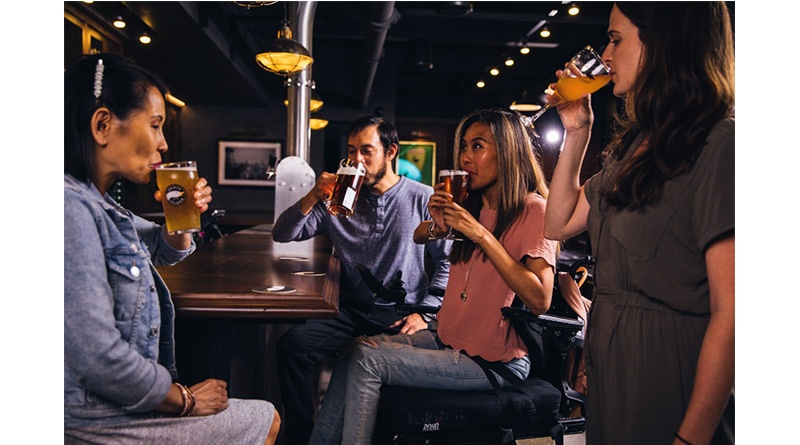Majority Will Eat-Out With Same Frequency As Before Lockdown, JD Wetherspoon Most Missed Brand

The public has become increasingly focused on health and wellness as a result of the COVID-19 crisis, with two thirds (66%) of adults saying they are now taking precautions to protect long term health, such as changing what they eat and drink and how frequently they exercise, new research from CGA reveals.
A third – mainly younger city and town dwellers, and those that regularly go out to eat and drink – strongly agree with that view, the snap poll conducted by CGA, the specialist food and drink industry insight provider, found.
Money worries are also weighing heavily with the public, with half (51%) of those surveyed last weekend saying they were very concerned about the long term financial implications of the COVID-19 virus.
These factors may explain the apparent reluctance of many consumers to commit to returning to going back to old patterns of going to pubs, bars and restaurants post-crisis.
Almost a third (32%) of adults said they would eat-out less frequently than pre-COVID-19, with the majority (61%) saying they would eat-out with the same frequency and just 7% saying they would eat-out more.
For drinking occasions, the story was similar, with 35% planning to reduce frequency of drinking out visits and 59% maintaining current visit rates.
“The results put into context the task that those pub, restaurant and bar operators that do eventually emerge the other side of the lockdown will face in getting the public back into their establishments. Cash will be tight, but the type of offer may have to change too, if those health-conscious tendencies become engrained,” said Phil Tate, Group Chief Executive of CGA.
“But what the survey also showed is that those that go-out most are the ones most likely to return to old habits, and they will be undoubtedly the main focus of renewed marketing efforts,” Tate added.
However, the poll also showed eating and drinking out remains a vital part of the British way of life, with only visiting relatives coming above eating out, and then drinking out, as the activity that the public are missing most during the lockdown, and ahead of going to the gym, shopping on the high street and attending small social gatherings.
Also, over half (54%) of those hit hard financially, either by having lost their jobs, being furloughed, or on reduced pay, said they would continue eating out as often as before, with a similar number for drinking-out, which is only slightly less than the public average.
When asked if they had gone out for “one last occasion” before pubs and restaurants shut, 42% of population said they had, with the local pub the most popular destination. Support for local pubs and restaurants increased in the week before the shutdown, and the survey suggests this will continue once the recovery comes.
As a result of the lockdown, four in five adults have now stopped eating out-of-home totally, even for a takeaway, with just 13% only doing this when ‘essential’, for example buying a grab ‘n’ go meal.
The survey, conducted on March 28-29, also asked people which out-of-home brands they would miss most visiting during the lockdown. Despite some negative publicity in the media, JD Wetherspoon came out top, followed by Nando’s, Pizza Hut, Toby, Harvester and Five Guys.
However, the survey also provided mixed messages for JD Wetherspoon, as the brand that consumers had most changed their opinion about negatively (19%) – although that was balanced by those that had changed their opinion positively.
